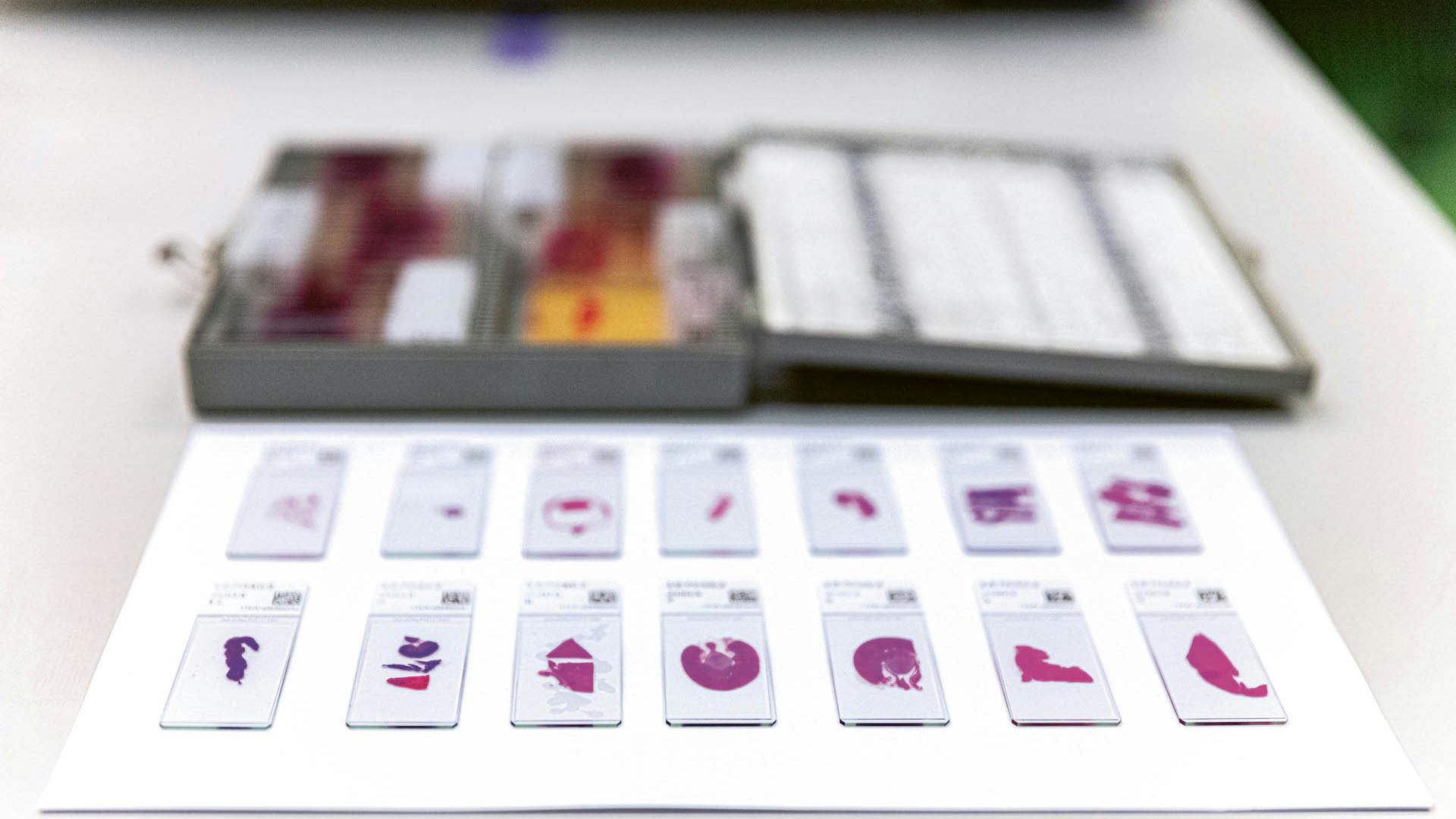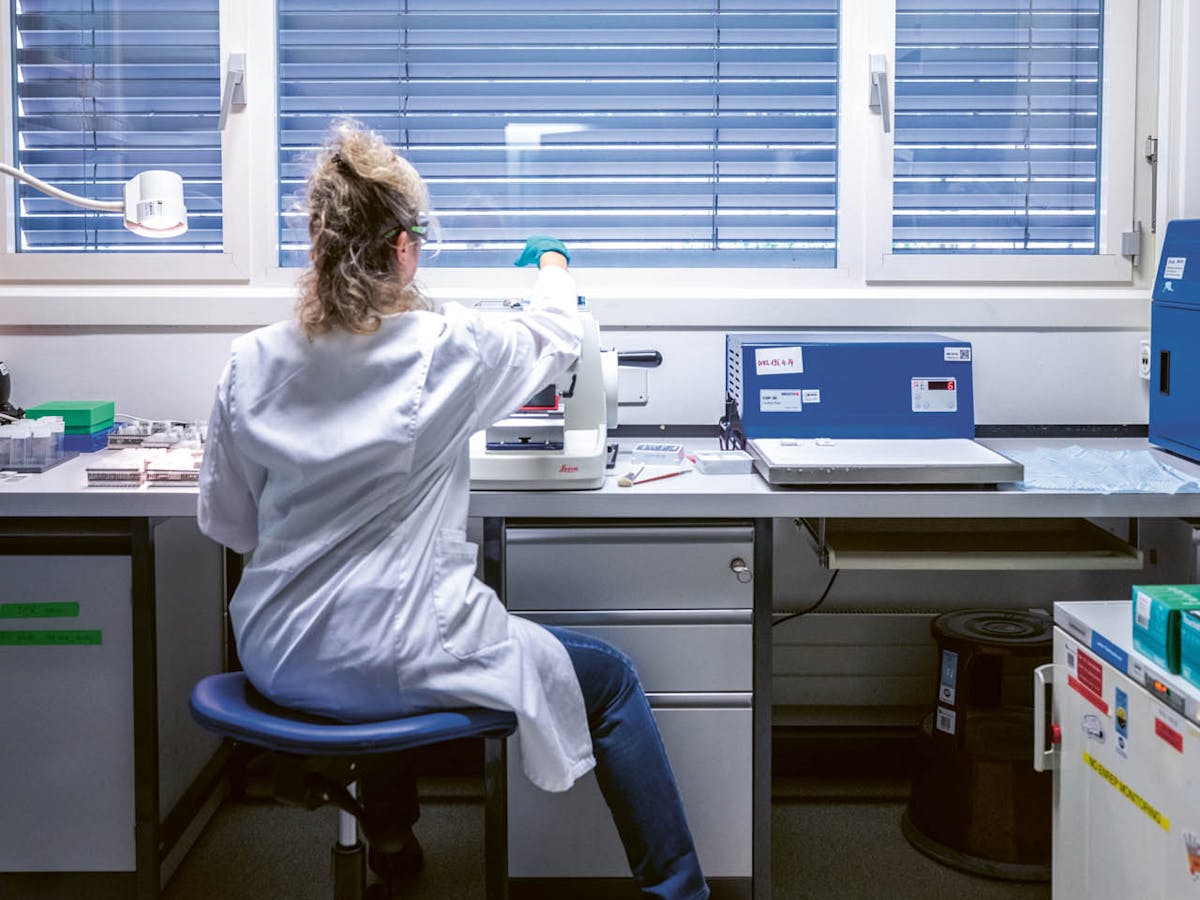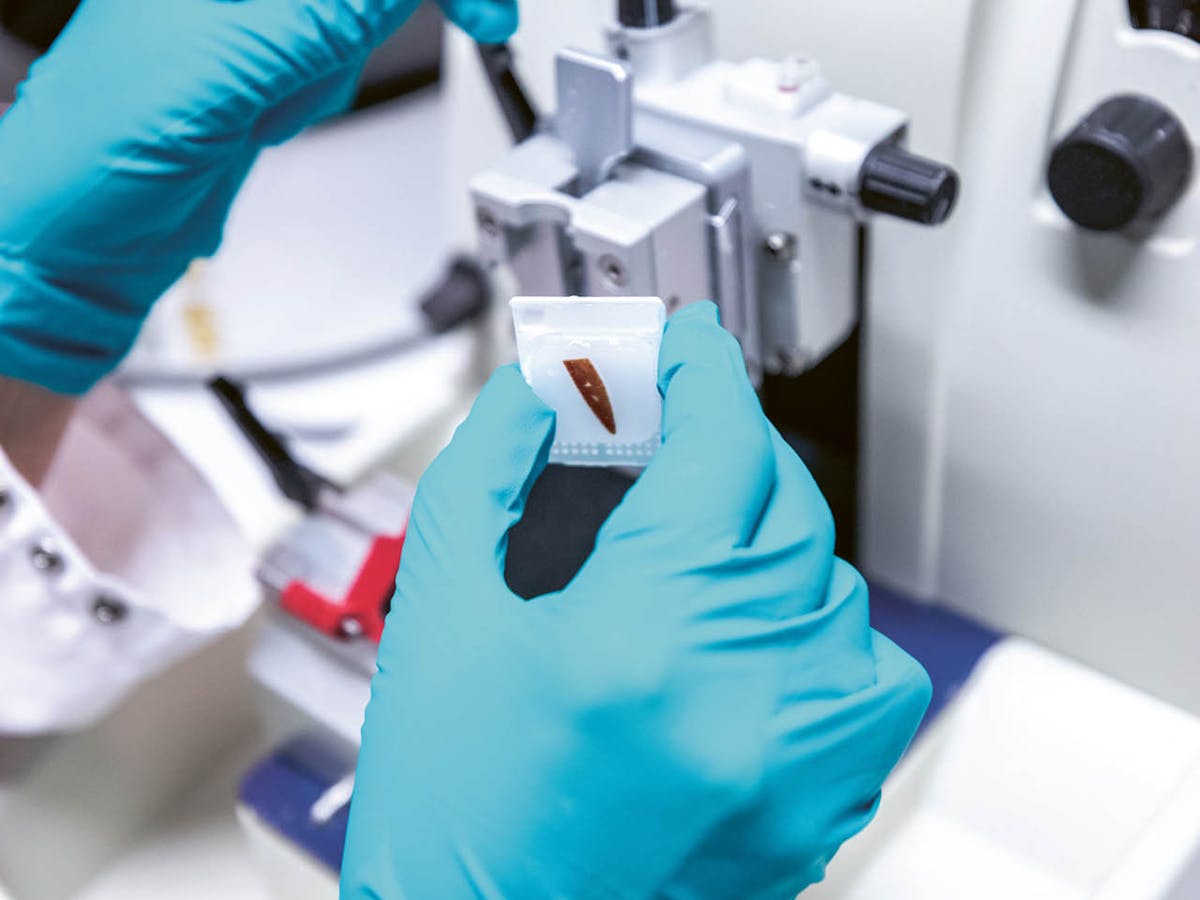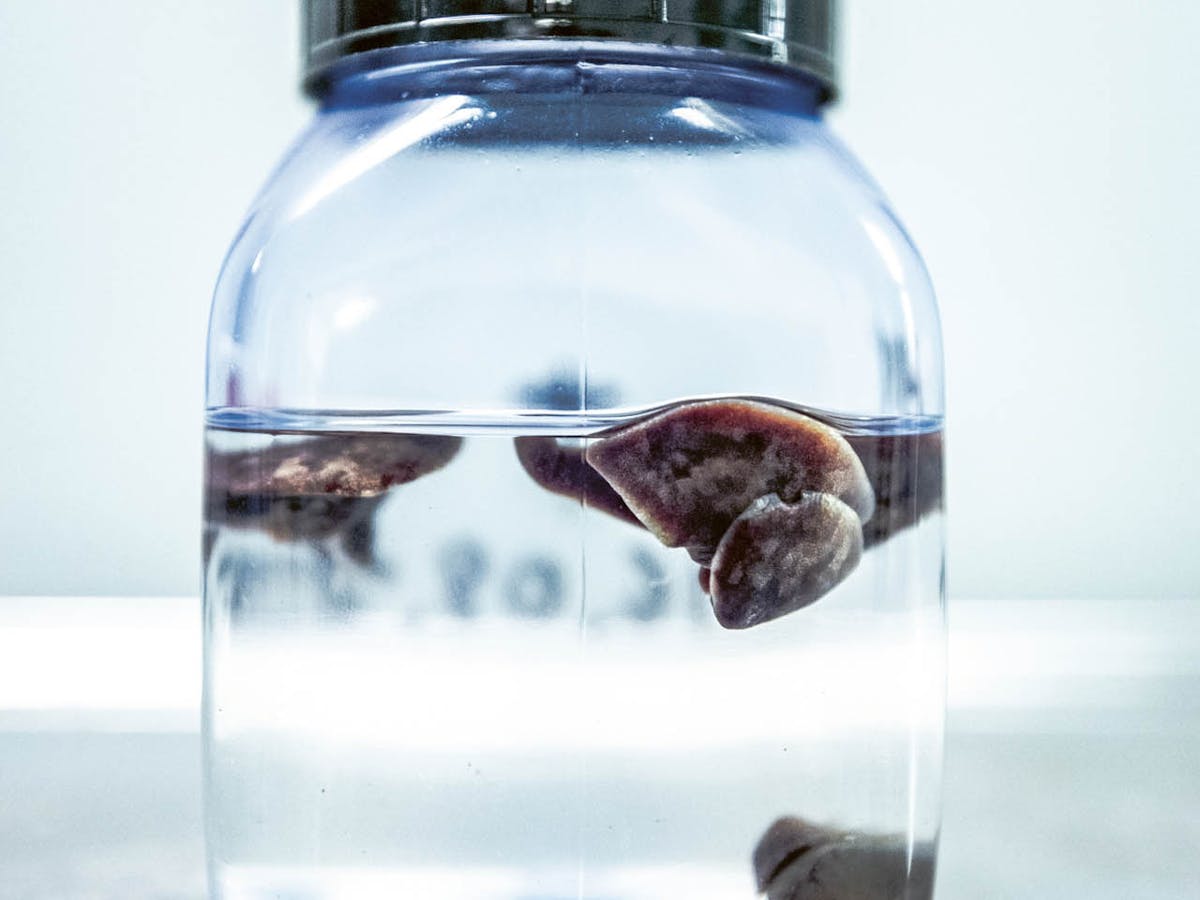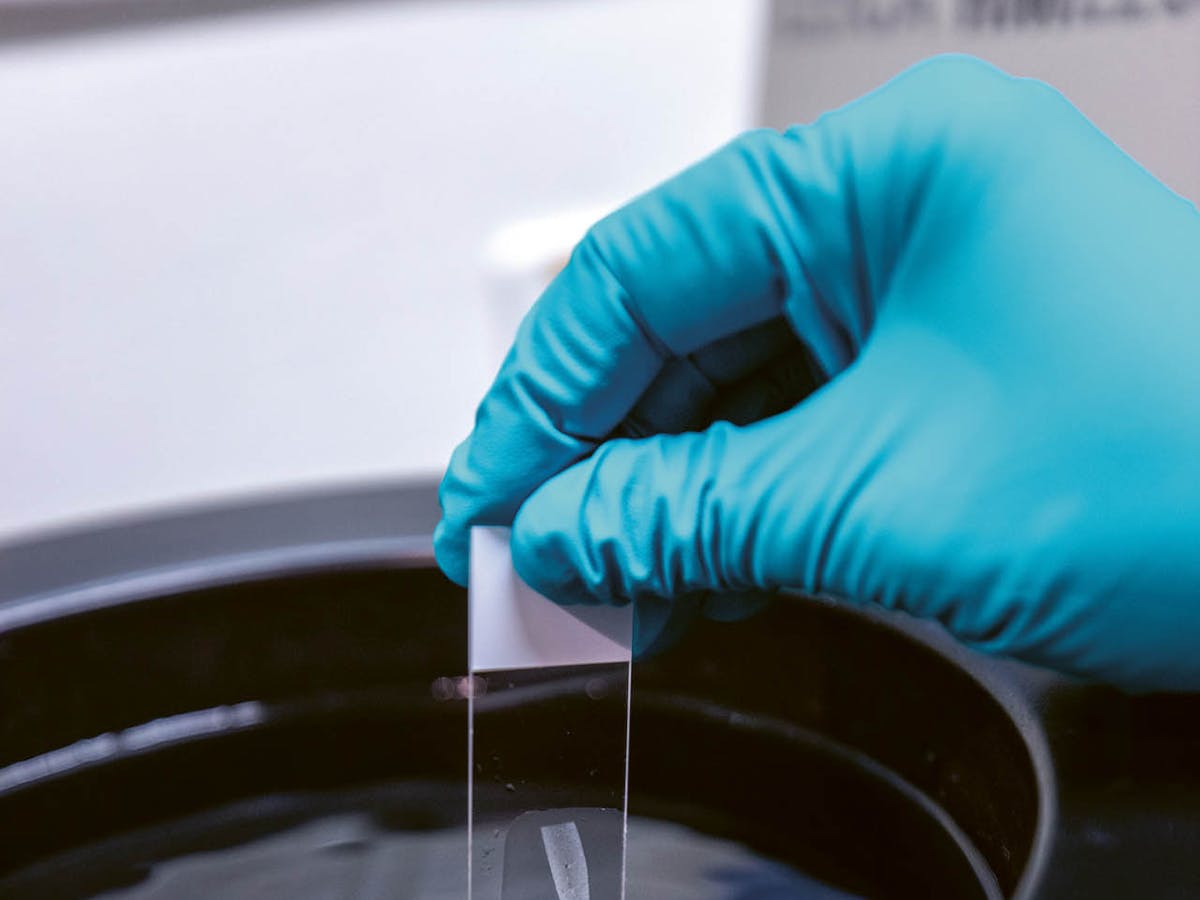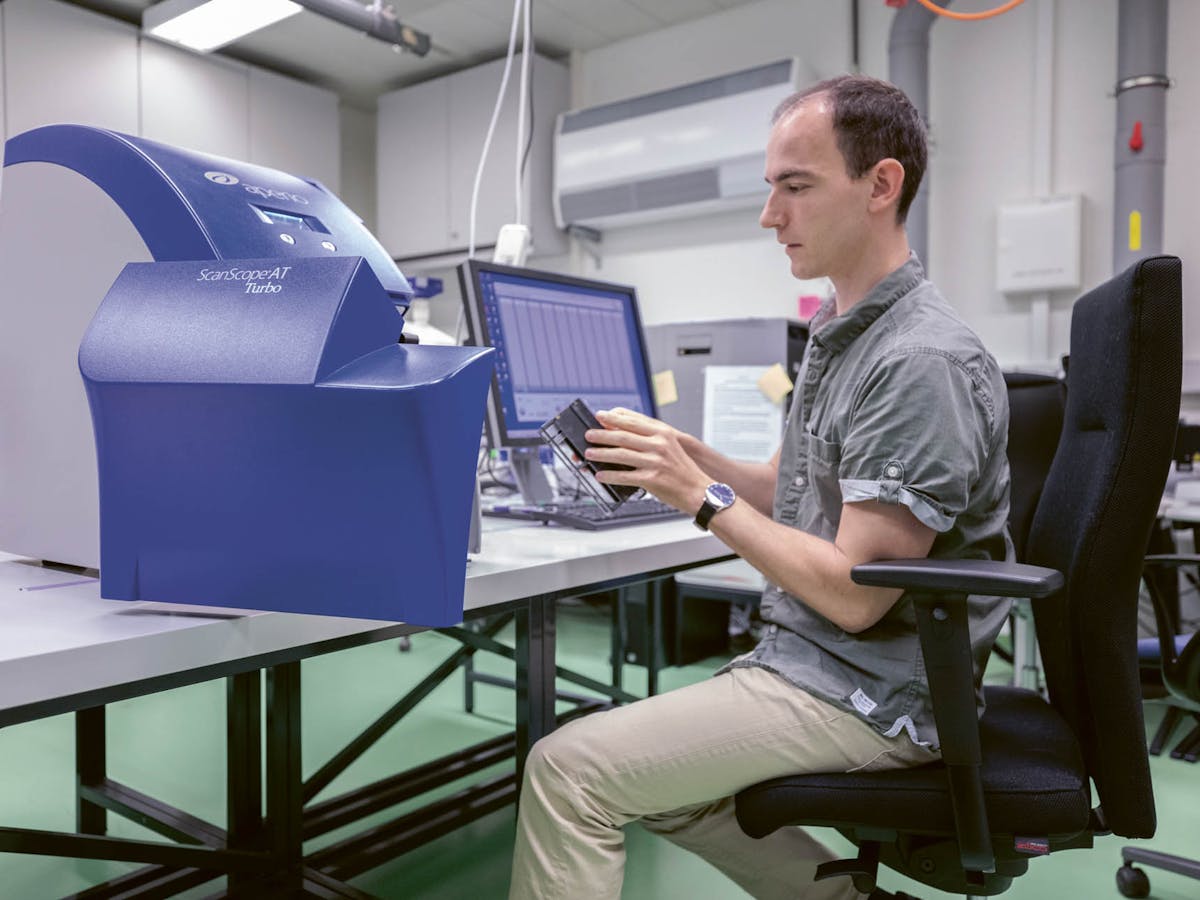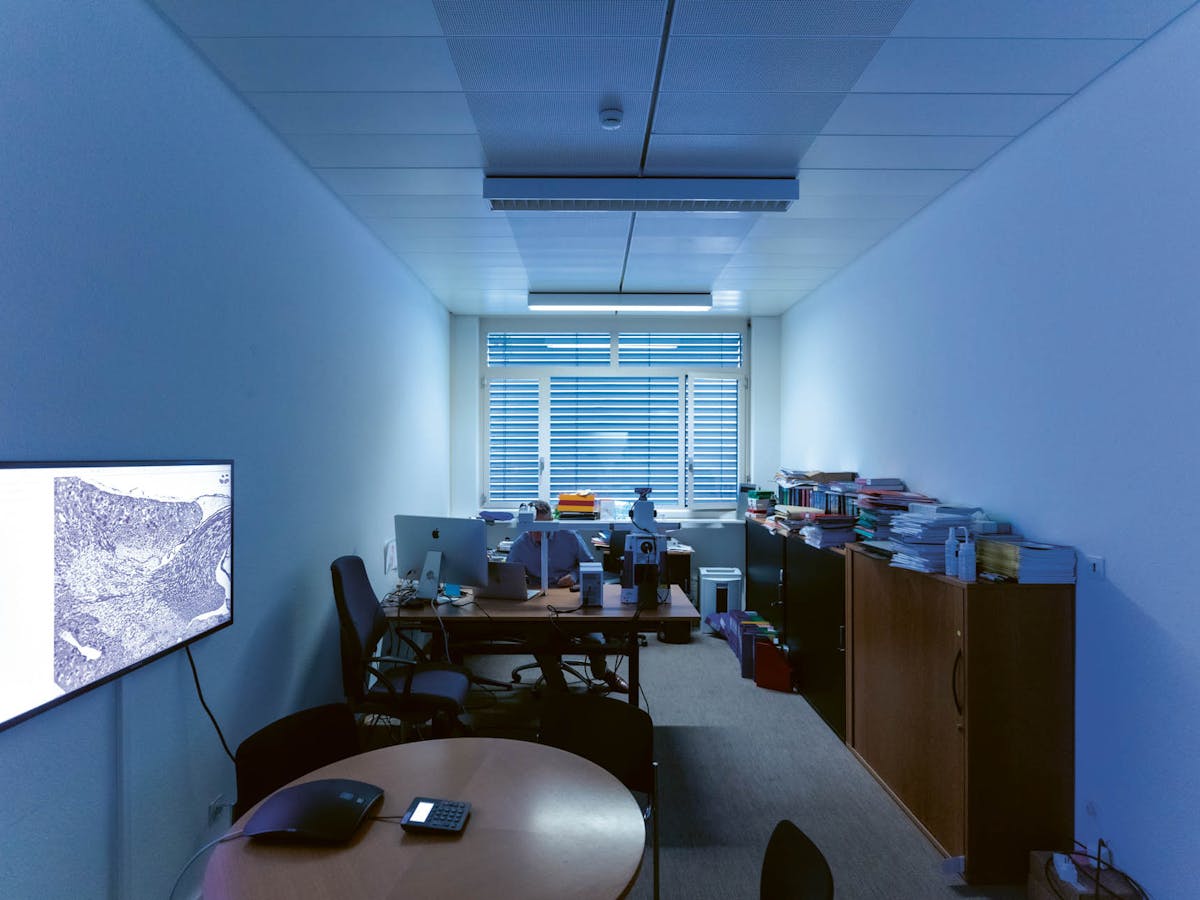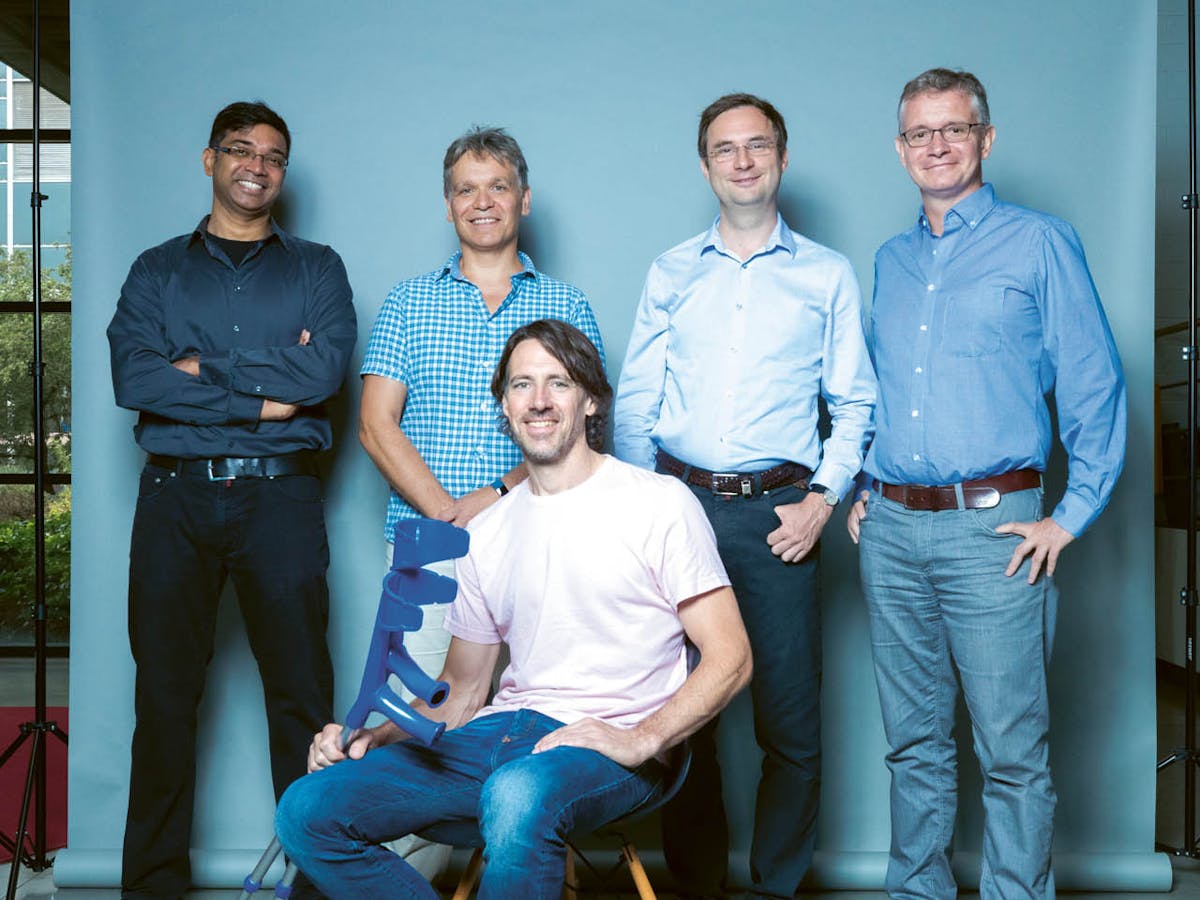
Aline Piequet prepares the cell samples in the traditional way.
 Table of contents
Table of contents A match in the making
A match in the making Results in record time
Results in record time Assembling a global resource
Assembling a global resource Cultural ambassadors
Cultural ambassadorsPublished on 01/06/2020
In the 1970s and 1980s, DNA sequencing and other biotechnological advances enabled a surge of molecular and genetic data. While each new discovery furthered its field incrementally, it soon became clear that this growing body of knowledge would have the most scientific value and potential if it was pooled together in a centralized, publicly available resource for researchers around the world.
This was the mission of the National Center for Biotechnology Information, NCBI, which the US National Institutes of Health established in 1988. Since then, the NCBI’s databases and tools have been staples for researchers across molecular biology, biochemistry, bioinformatics, and genetics.
“We wouldn’t be anywhere close to where we are today in these fields without the NCBI,” declares Pierre Moulin, a pathologist at the Novartis Institutes for BioMedical Research (NIBR) and project leader of the Pathology 2.0 Genesis Labs project, a cross-functional endeavor to fuse digital technology and pathology.
Pathology, too, is at a tipping point. Increasingly powerful computational tools can now collect, analyze, and mine collections of pathology data that have been far too vast for human pathologists to comprehensively study in the past.
When the Pathology 2.0 team proposed to teach computers how to identify different tissues, this was precisely the type of high-reward exploratory project that is encouraged by the Novartis Genesis initiative, which is designed to further a start-up spirit within the company. Although the 18-month-long funding ended in June of 2019, the team’s accomplishments have been significant enough that their work will continue as a joint initiative between Preclinical Safety and NIBR Informatics.
Beyond this work, Moulin and his colleagues also knew that their progress – and that of the entire field – would be limited by the size of the available data sets. This motivated Moulin to spearhead an Innovative Medicines Initiative (IMI) to develop the equivalent of the NCBI for digital pathology.
“It’s quite ambitious, but my idea is to create a publicly available resource that will do for digital pathology what the NCBI has done for genetics, genomics, and bioinformatics.”
